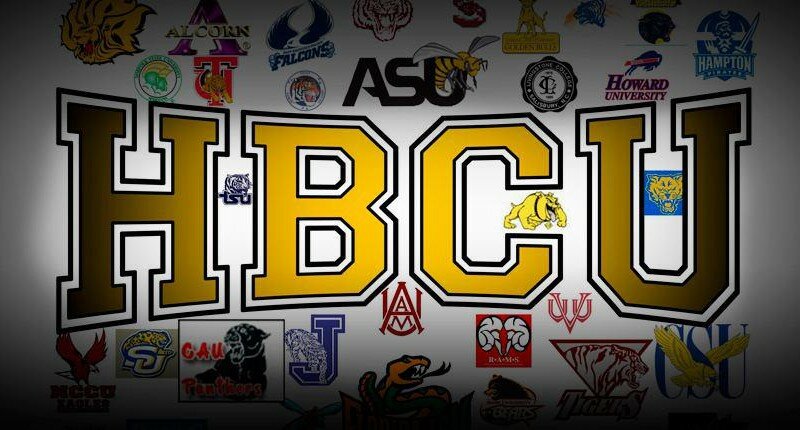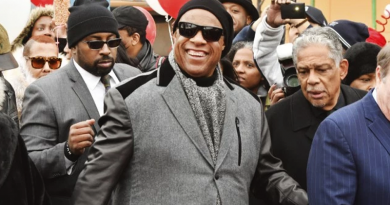How Can HBCU Survive In The 21st Century?
Expatriates give views on how Historically Black Colleges and Universities (HBCUs) can cope with educational and economic inequality to survive.
Darold Hamlin, a pioneer of the Emerging Technology Consortium (ETC), and his colleagues Byron Cherry and John Rosenthall give a possible solution that Historically Black Colleges and Universities must consider in order to get the necessary funds, if they are to compete in the 21st century educational system.
A recent research by Moody’s Investors Service reveals that most of the HBCUs fail to sustain themselves because of financial instability. About 650 colleges face the nightmare of shutting down, most of which are Historically Black Colleges and Universities.
Hamlin and his colleagues explain that the average public universities get 44 percent of their revenue from state contracts and grants sourced from federal research and development (R&D) funds. Some of the top universities that get over a billion dollar from the state run federal labs and carry out advanced state researches. But how can HBCUs also join the queue of getting these funds to sustain themselves?
Well, it first has to start by recognizing that federal research and development funds are directly tied to HBCUs sustainability. For too long these colleges and universities are being left out in R&D programs. But in order to be on the same level as other universities, “HBCUs must structure themselves to receive the funds and comply with all federal requirements”.
Black colleges are the necessary platform for the black youth to build a successful future. What it means to strengthen black colleges and universities is to improve the Affirmative Action. As the educational and economic inequality prevents development of the whole country, there is a need to take drastic action to improve our today’s generation and next to come.
Share this article and help build a better nation.






